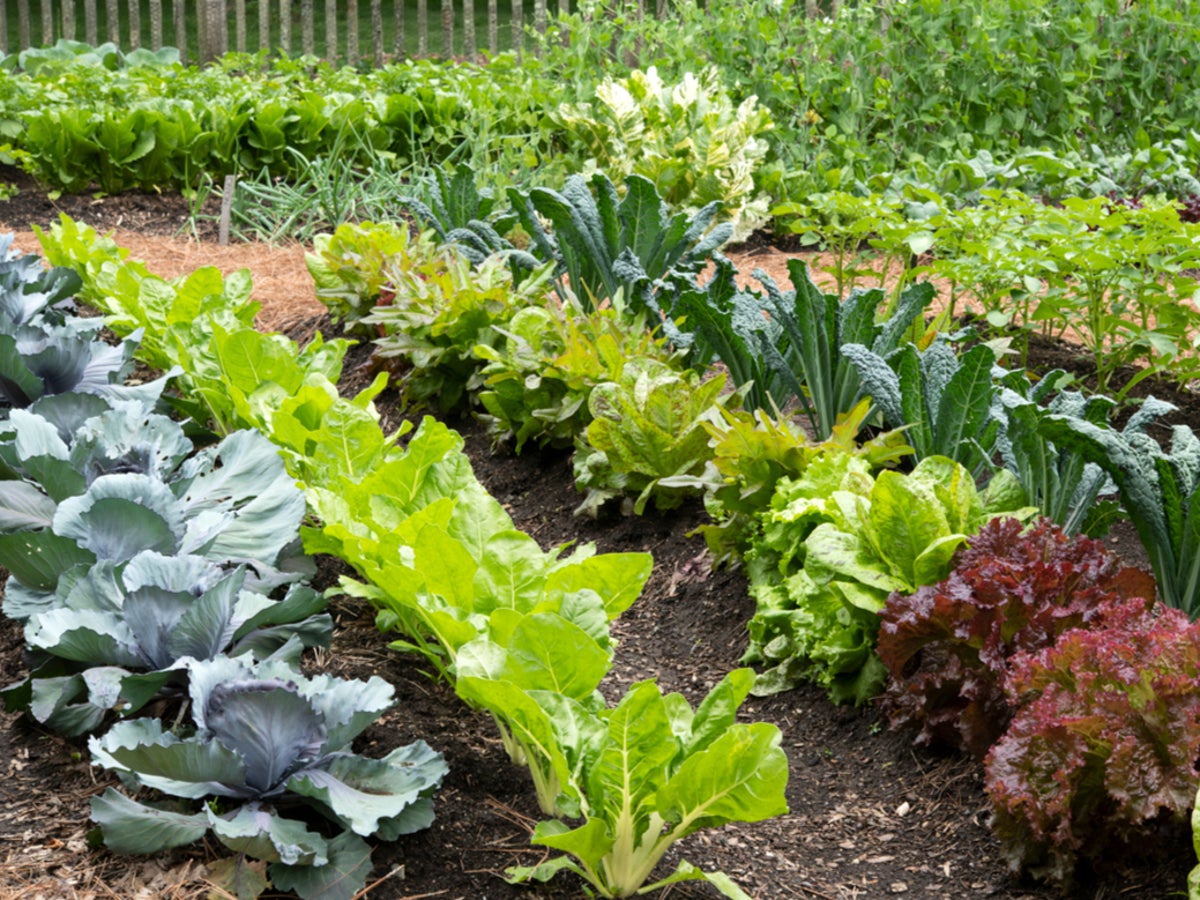
Timing is everything when it comes to harvesting crops such as fruits and vegetables. Planting produce in the wrong season or during the incorrect month can result in dissatisfying and incomplete results that will leave you wishing you had spent the cash to pick ripe options up at the grocery store instead.
However, if harvested correctly, nothing will seem to compare to the fresh taste of your self-grown produce – and the economic benefit also make it worth the time and effort.
So, when is the best time of year to plant fruits and vegetables?
The planting for fruits typically takes place during the start of spring and late winter, especially for fruit trees. According to Modern Farmer, “it’s best to plant fruit trees in late winter or early spring before they emerge from dormancy”.
As different areas permit varying climates, the report recommends following a rule of thumb – if you can’t stick your finger in the ground because the soil is solid, then you shouldn’t plant any seeds. Fruit trees should be able to soak up sunlight for at least six hours and be grown in a hole twice its size.
Cool-season fruits, such as strawberries, blackberries, blueberries, and raspberries, grow best when harvested in mid-April or late August and early fall because they can withstand the lower temperatures. However, certain varieties of strawberries are planted all summer long, per Wolff’s Apple House report. Figs should be planted around the end of April and early May.
According to Harvest To Table, “cool-season crops can be planted when the soil and air temperatures are cool, as low as 40F”.
That said, along with the strawberry variations, there are other fruits and berries that are eligible for planting now. For a hearty fall crop, Urban Farmer encourages people to harvest cucumbers, lettuce, peas, radishes, and spinach before August ends. Moving into September, gardeners should focus on growing blueberries, broccoli, and garlic, as well as lettuce, radishes, and spincah if they haven’t done so already. Then, as the temperature drops even more in October, only garlic and herbs should be harvested.
Generally, the recommended time to start planting vegetables is March and April. “When the soil begins to warm, are the best months to begin sowing many hardy annual vegetable seeds outdoors including broccoli, cabbage, chard, carrots, peas, and parsnips,” Homes and Gardens reported.
Still, veggies like “tomatoes, peppers, aubergines, tomatoes, cucumbers, and chili peppers” can be grown as early as February if done so under a greenhouse.
Of course, warm-season vegetables should be harvested when the temperature is much warmer – specifically, above 50F according to Harvest To Table.
Spring-grown vegetables include onion sets, peas, seed potatoes, spinach, kale, lettuces, cabbage, Brussels sprouts, kohlrabi, radishes, scallions, beets, carrots, tomatoes, peppers, eggplant, summer squash, and cucumber.







